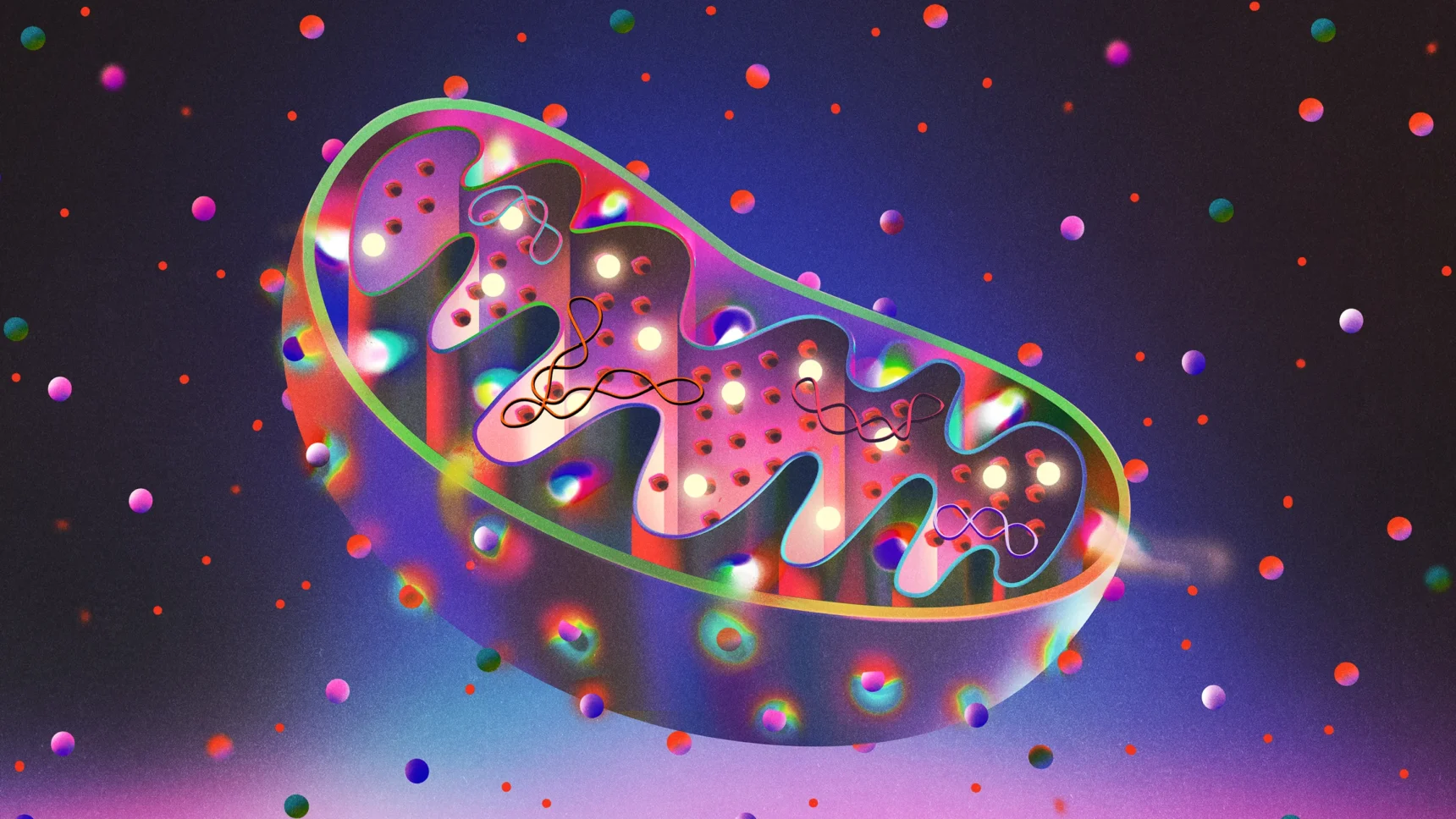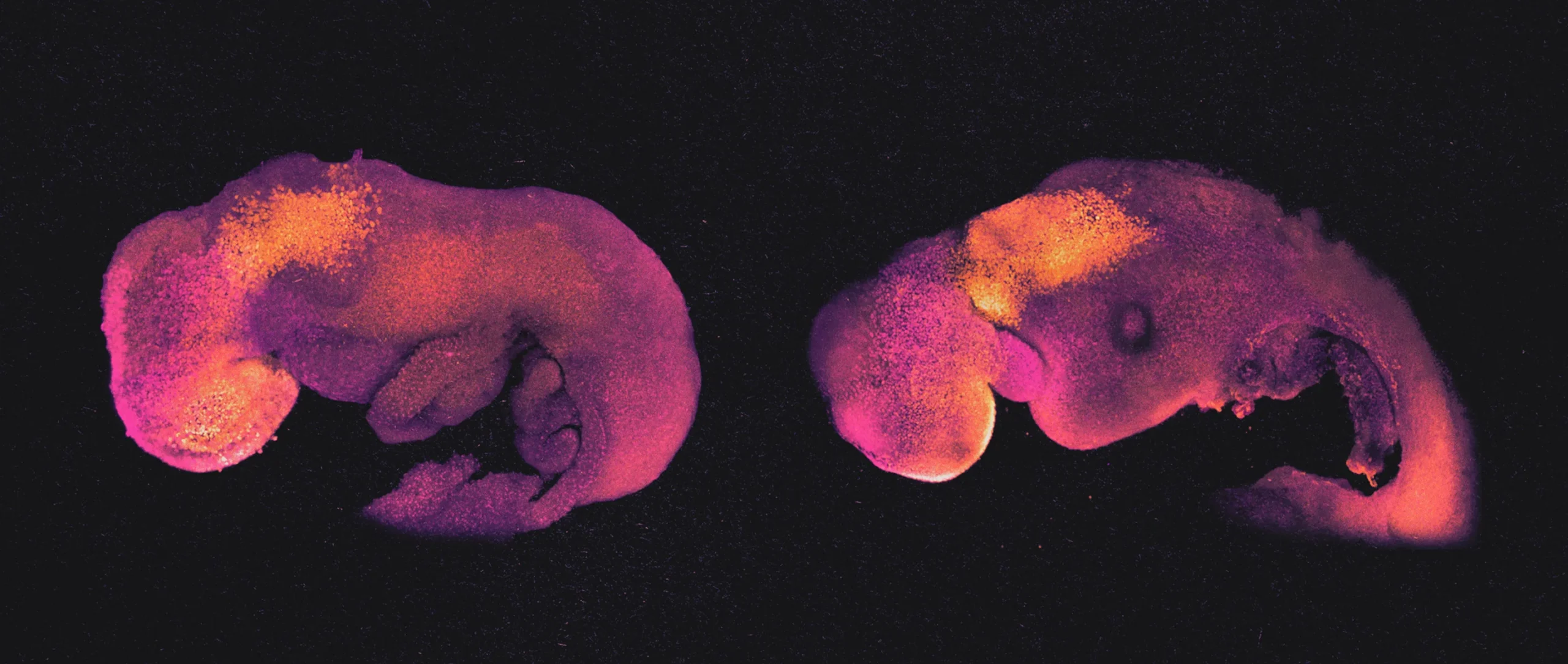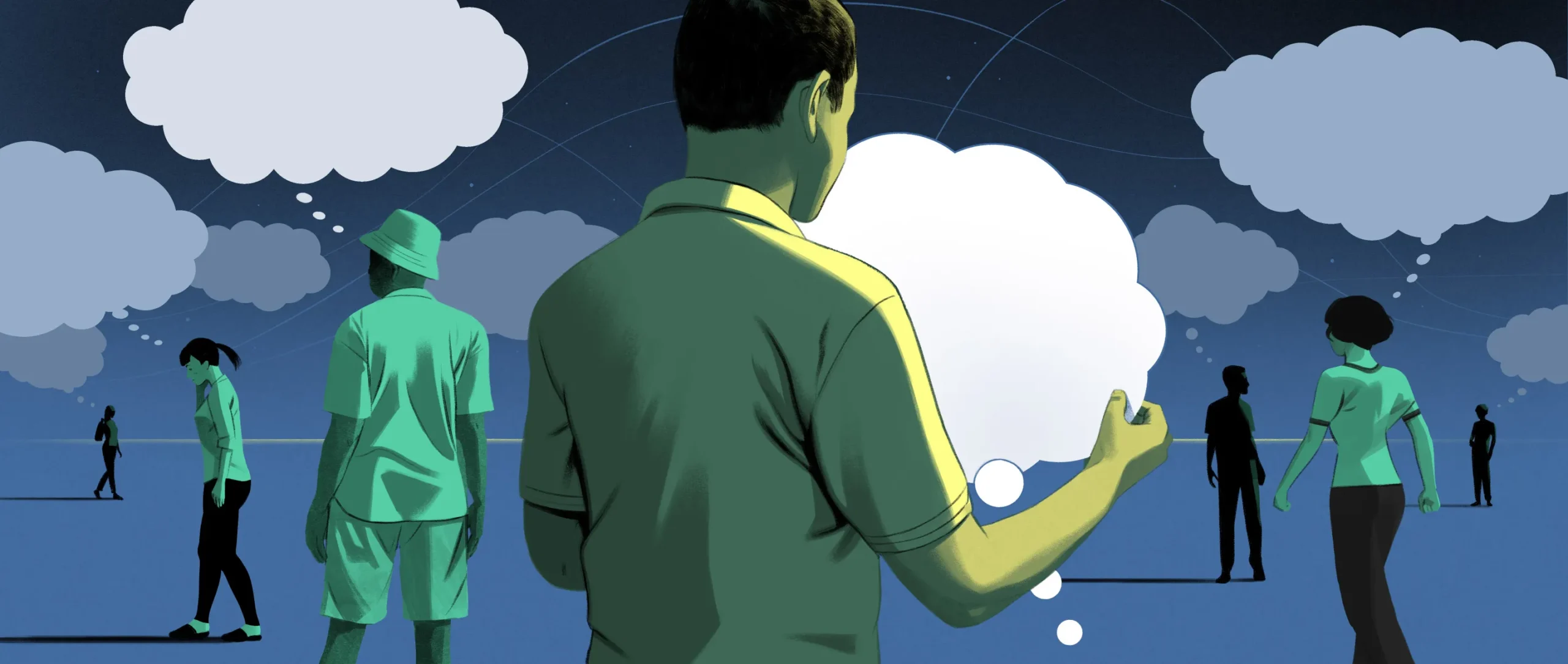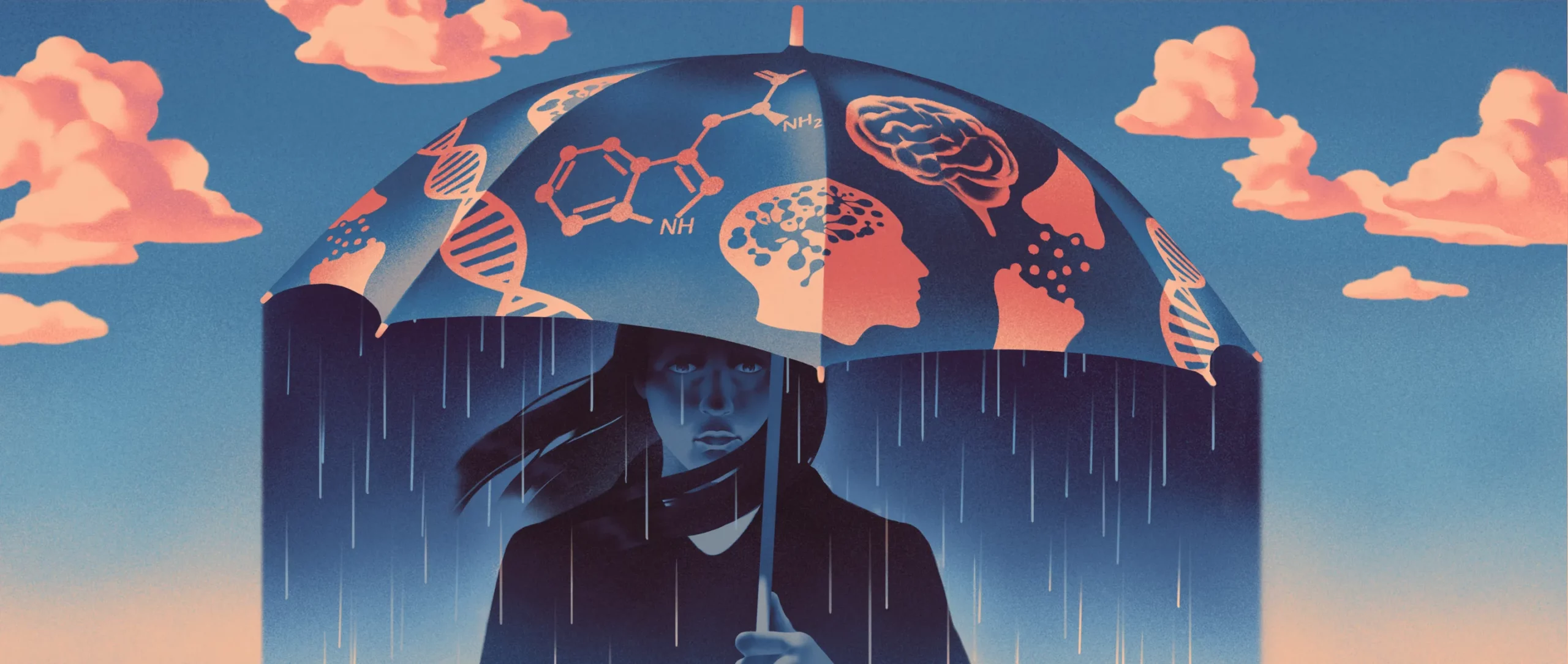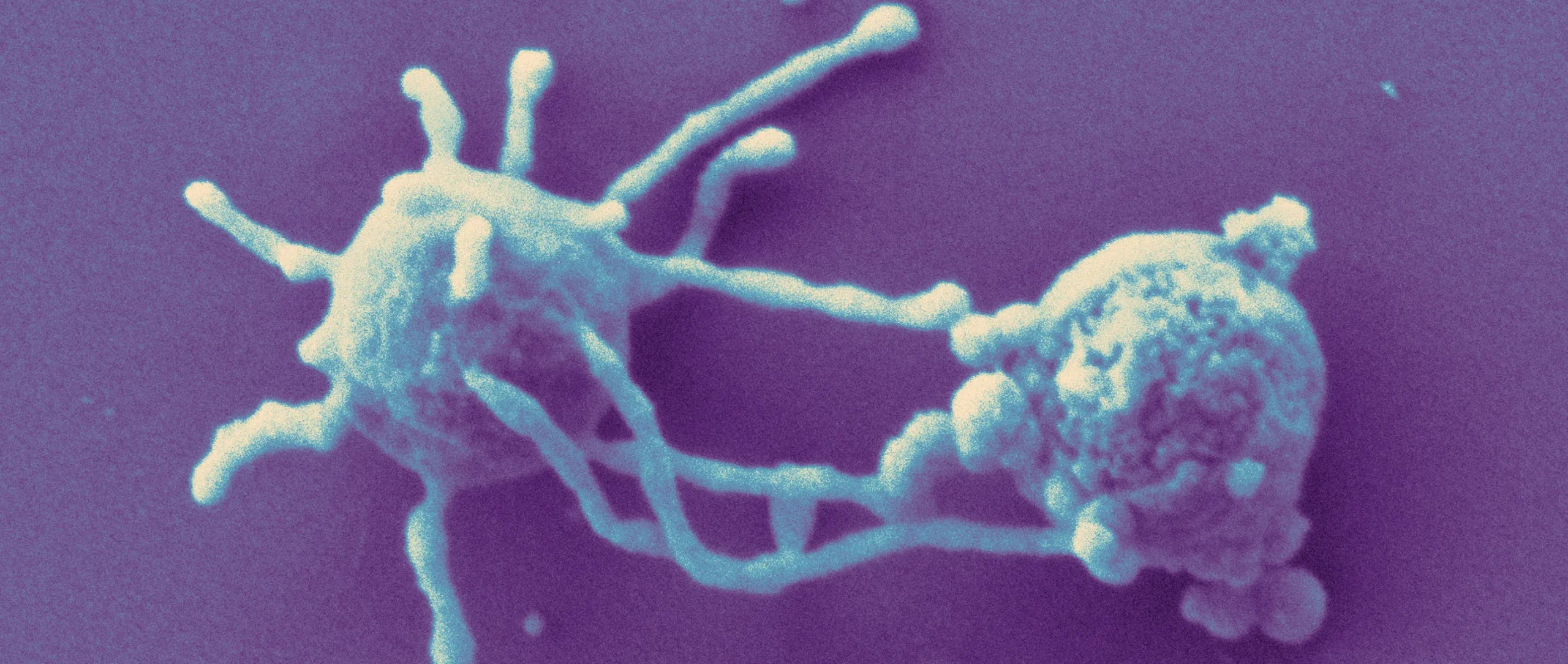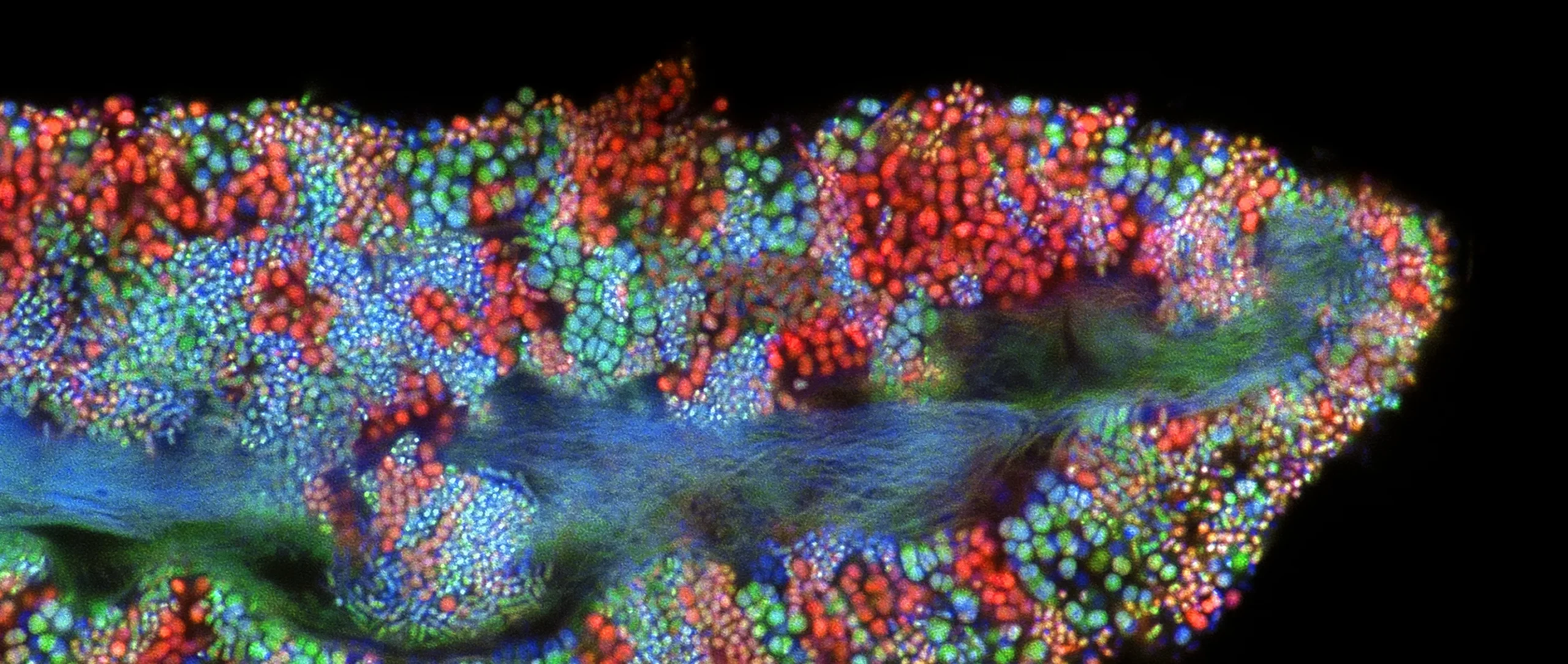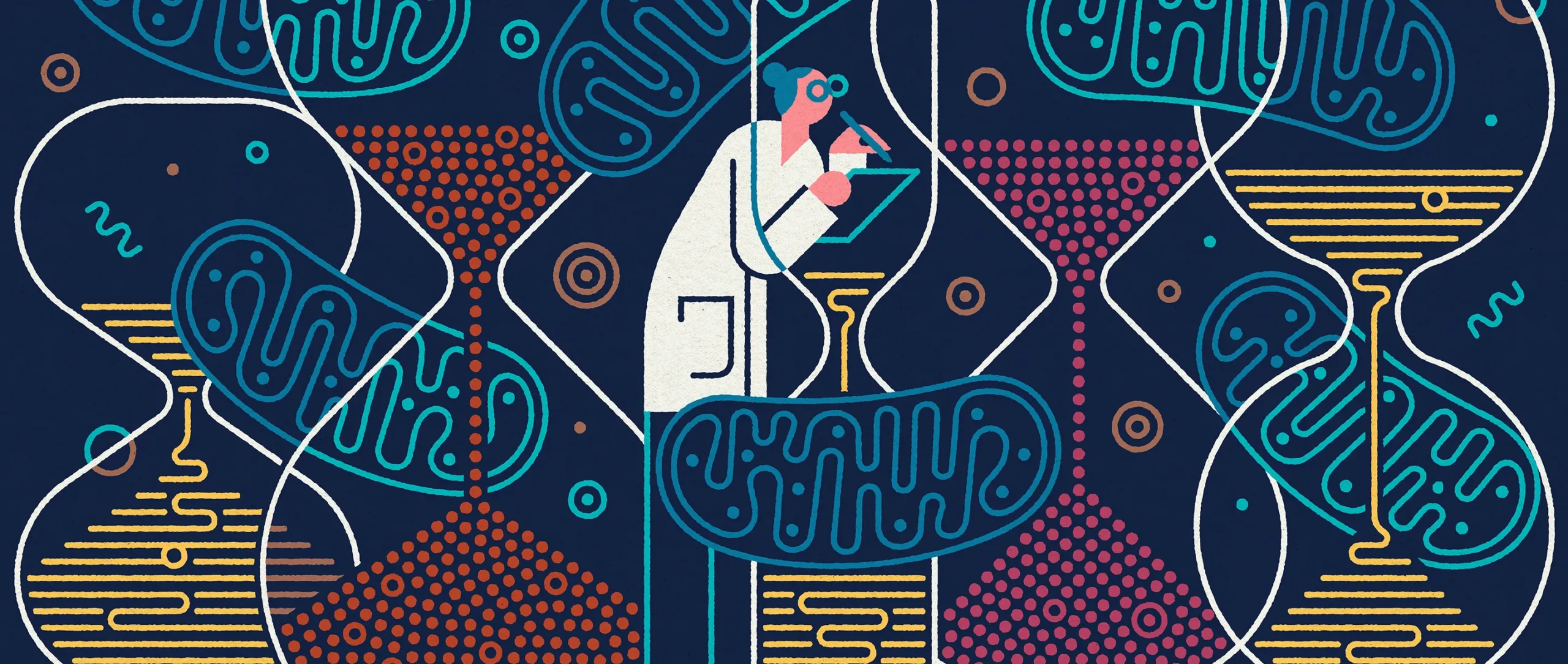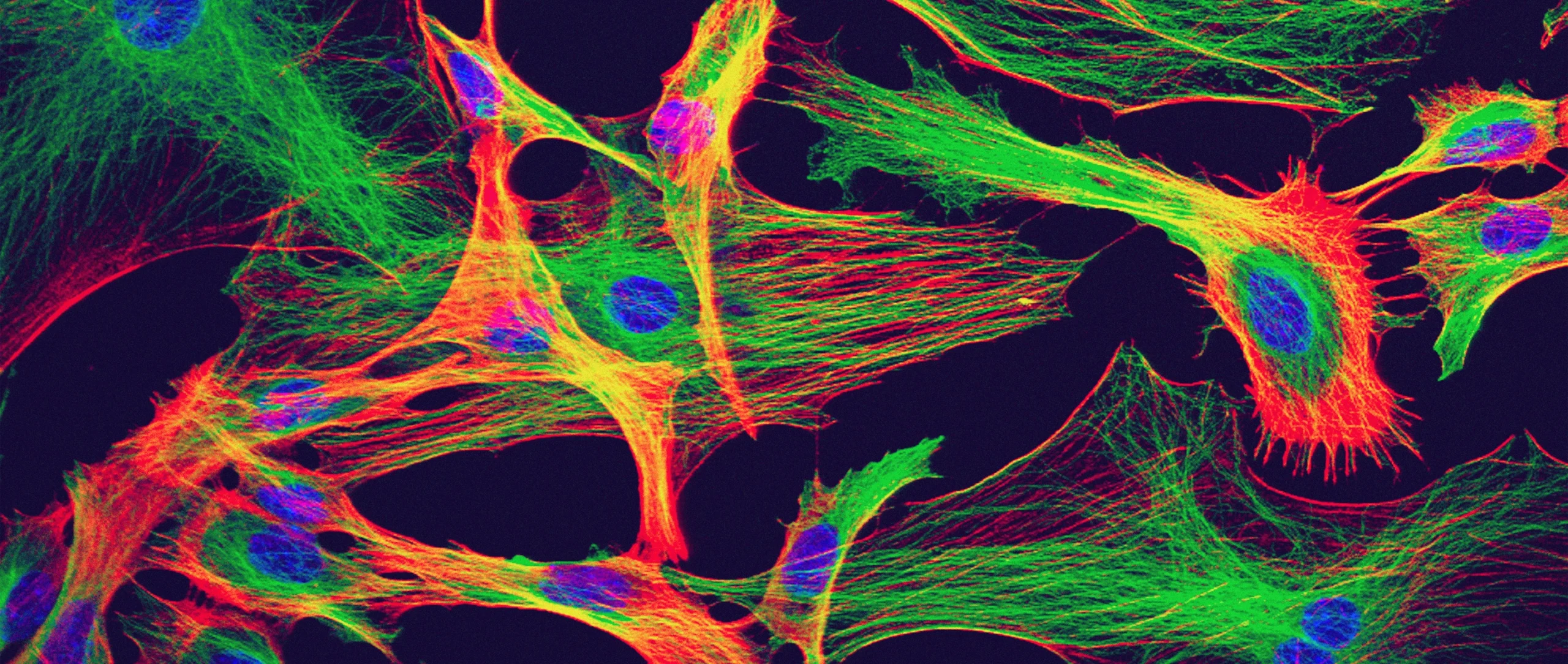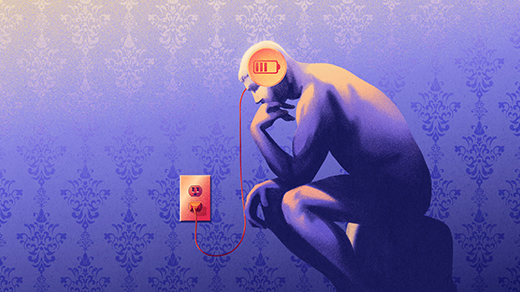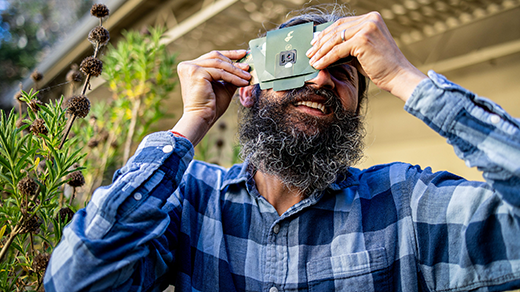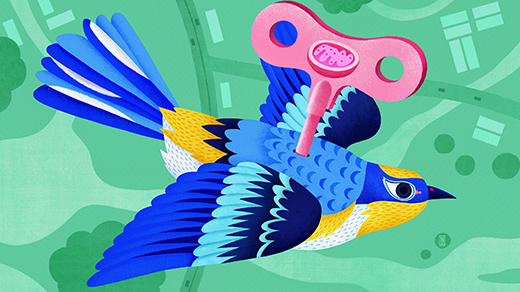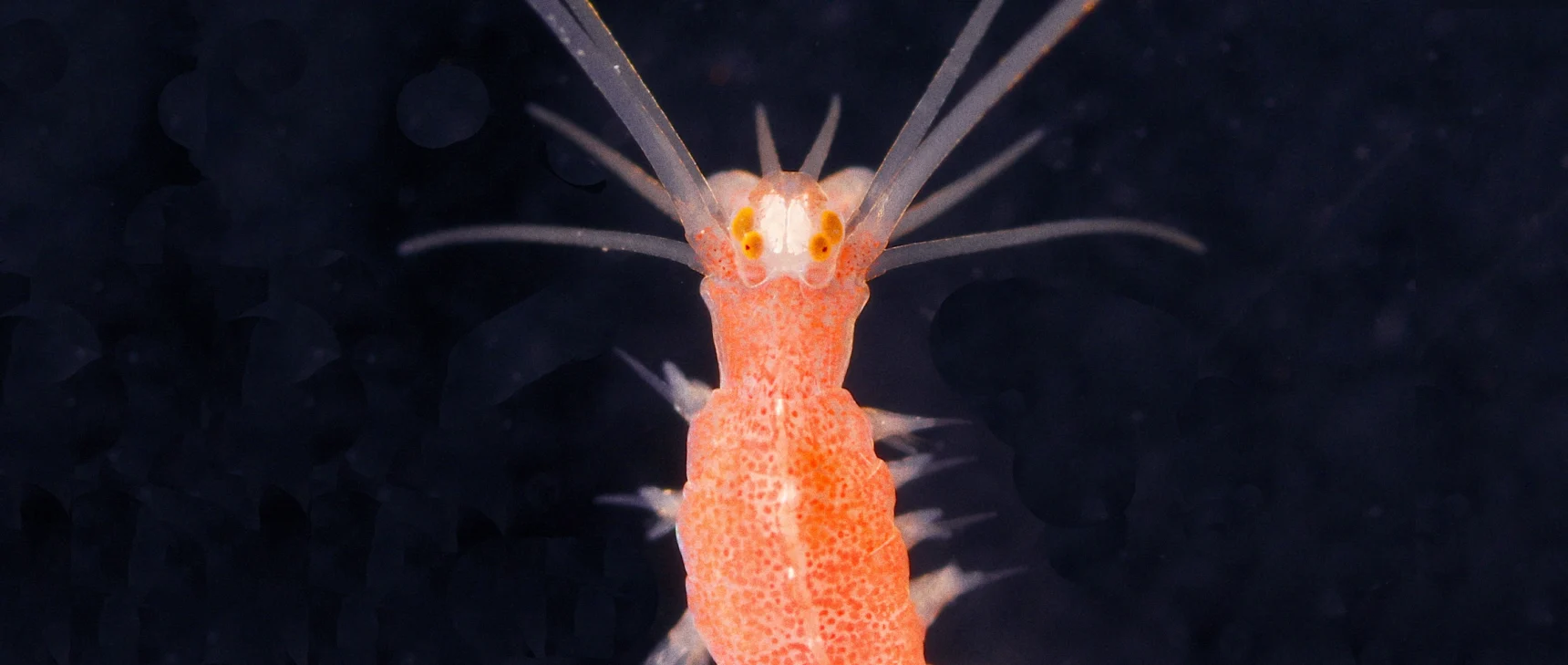Introduction
Revolutions in the biological sciences can take many forms. Sometimes they erupt from the use of a novel tool or the invention of a radical theory that suddenly opens so many new avenues for research, it can feel dizzying. Sometimes they take shape slowly, through the slow accumulation of studies, each one representing years of painstaking work, that collectively chip away at the prevailing wisdom and reveal a stronger, better intellectual framework. Both kinds of revolution unleash avalanches of new ideas and insights that improve our understanding of how life works.
This past year has had no shortage of these. For example, researchers successfully grew “embryo models” — lab-grown artificial embryos that mature like real ones — that reached a more advanced developmental stage than ever before. That accomplishment could eventually yield valuable new insights into how human fetuses grow, although debate about the ethical status of those models seems likely, too. Meanwhile, in the world of neuroscience, researchers studying depression have continued to move away from the theory that has generally guided much of the research and pharmaceutical treatment of that disease for decades.
But those kinds of biological revolution involve human ingenuity, with researchers in the life sciences coming to new realizations. Revolutions also occur in the biology itself — when evolution has enabled organisms to do something unprecedented. Biologists have recently discovered many more instances of this kind of breakthrough.
Keeping track of time, for instance, is a function that’s essential to all living things, from microorganisms biding their time till the next cell division to embryos growing limbs and organs, to more complex critters tracking the passage of day and night. Teams of researchers plugging away in laboratories around the world have recently discovered that some key features of timekeeping are tied to cellular metabolism — which means that the organelle called the mitochondrion is both a generator and a clock. Other aspects of timekeeping are metered by the progress of a molecular ballet in which specialized proteins pirouette together before separating again.
Researchers also hope to soon make important discoveries now that they can culture some of the primitive, long-lost cells called Asgard archaea. A billion years ago, Asgard archaea (or cells much like them) took the outrageous step of forming permanent partnerships with the ancestors of mitochondria, thereby giving birth to the first complex cells. The secrets of how and why that biological breakthrough happened may be lurking in those exotic cell cultures. Meanwhile, other researchers are scrutinizing the “grit crust” microbes that live in the infamously arid Atacama Desert of Chile for clues to how the first land-dwelling cells survived.
Enough marvelous biological innovations were discovered in 2023 to form a veritable parade: plankton that supercharged their photosynthetic abilities by repurposing one of their membranes, and underground microbes that learned to make oxygen in total darkness. An immunological trick that protects babies in the womb, and a neurological trick that lets the brain map out social relationships like physical landscapes. A simple mutation that transformed ants into complex social parasites virtually overnight, and a strategic demolition of DNA that worms use to safeguard their genomes.
Quanta chronicled all those and more this year, and as new breakthroughs in fundamental biology come to light in the years ahead, we will be there for them too.
University of Cambridge
Pushing the Bounds of Synthetic Life
In the same way that physical scientists build simple model systems as steppingstones to understanding more complex phenomena, some biologists prefer to learn how life works by creating simpler versions. This year they made progress on two fronts: on large scales, in creating “embryo models,” and on small scales, in studying the most minimal cell possible.
Embryo models, or synthetic embryos, are laboratory products of stem cells that can be induced to grow faithfully through the early stages of development, although they self-terminate before reenacting the full embryonic development process. They were devised as potential tools for the ethical experimental study of human development. This year, research groups in Israel and the United Kingdom showed that they could nurture embryo models all the way up through (and possibly beyond) the stage at which research on live human embryos is legally allowed. Researchers in China even briefly initiated pregnancies in monkeys with embryo models. Those successes are considered major breakthroughs for a technique that could help scientists answer important questions about prenatal development, and they might eventually pay off in preventing miscarriages and birth defects. At the same time, the experiments reawakened ethical arguments about this line of research, given that as the embryo models become more developmentally advanced, they can also start to seem more intrinsically deserving of protection.
Synthetic life isn’t always ethically contentious. This year, researchers tested the limits of “minimal” cells, simple organisms derived from bacteria that have been stripped down to their genomic bare bones. These minimal cells have the tools to reproduce, but any genes that aren’t otherwise essential have been removed. In an important validation of how naturally lifelike the minimal cells are, researchers discovered that this minimal genome was able to evolve and adapt. After 300 days of growth and natural selection in the lab, the minimal cells could successfully compete against the ancestral bacteria from which they were derived. The findings demonstrated the robustness of the rules of life — that even after being robbed of nearly every genetic resource, the minimal cells could use the tools of natural selection to recover into more successful life forms.
Señor Salme for Quanta Magazine
The Investigation of Consciousness
Consciousness is the feeling of being — the awareness of having a unique self, a picture of reality and a place in the world. It’s long been the terrain of philosophers, but recently scientists have made progress (of sorts) in understanding its neurobiological basis.
In an interview on the Joy of Why podcast released in May, the neuroscience researcher Anil Seth of the University of Sussex described consciousness as a kind of “controlled hallucination,” in that our experience of reality emerges from within us. None of us can directly know what the world is like; indeed, every organism (and individual) experiences the world differently. Our sense of reality is shaped by the sensory information we take in and the way our brain organizes it and constructs it in our consciousness. In that sense, our entire experience is a hallucination — but it is a controlled hallucination, the brain’s best-guess description of the immediate environment and larger world based on its memories and other encoded information.
Our minds are constantly taking in new external information and also creating their own internal imagery and narratives. How can we distinguish reality from fantasy? This year, researchers discovered that the brain has a “reality threshold” against which it constantly evaluates processed signals. Most of our mental images have a pretty weak signal, and so our reality threshold easily consigns them to the “fake” pile. But sometimes our perceptions and imagination can mix, and if those images are strong enough, we can get confused — potentially mistaking our hallucinations for real life.
How does consciousness emerge in the mind? Is it more about thinking, or is it a product of sensory experiences? This year, the results of a high-profile adversarial collaboration that pitted two major theories of consciousness against each other were announced. Over the course of five years, two teams of researchers — one representing global neuronal workspace theory, which focuses on cognition, and the other representing integrated information theory, which focuses on perception — co-created and then led experiments aimed at testing which theory’s predictions were more accurate. The results may have been a letdown for anyone hoping for definitive answers. Onstage in New York City, at the 26th meeting of the Association for the Scientific Study of Consciousness, the researchers acknowledged ways in which the experiments had challenged both theories and highlighted differences between them, but they declined to pronounce either theory the winner. However, the evening wasn’t entirely unsatisfying: The neuroscientist Christof Koch of the Allen Institute for Brain Science conceded a 25-year-old bet with the philosopher David Chalmers of New York University that the neural correlates of consciousness would have been identified by now.
Harol Bustos for Quanta Magazine
New Ideas About Anguish
It’s often taken for granted that depression is caused by a chemical imbalance in the brain: specifically, a chronic deficiency of serotonin, a neurotransmitter that carries messages between nerve cells. Yet even though millions of depressed people around the world get relief from taking Prozac and the other drugs known as selective serotonin reuptake inhibitors, or SSRIs, based on that theory, decades’ worth of neuropsychiatric research has failed to validate the assumptions of that model. The hum of scientific dissent has been growing louder: An international team of scientists screened more than 350 papers and found no convincing evidence that lower levels of serotonin are associated with depression.
The realization that serotonin deficiency may not be the cause is forcing researchers to fundamentally rethink what depression is. It’s possible that SSRIs alleviate some symptoms of depression by altering other chemicals or processes in the brain that are more direct causes of depression. It’s also possible that what we call “depression” encompasses a variety of disorders that manifest with a similar set of symptoms, including fatigue, apathy, changes in appetite, suicidal thoughts and sleep issues. If that’s the case, significant additional research will be needed to unpack this complexity — to differentiate the kinds and causes of depression and to develop better treatments.
Depression can be an isolating experience. But it is distinct from loneliness, an emotional condition that neuroscientists have better defined in recent years. Loneliness is not the same as social isolation, which is an objective measure of the number of relationships a person is in: Someone can be in many relationships and still be lonely. Nor is it social anxiety, which is a fear of relationships or of certain relational experiences.
Instead, a growing body of neurobiological research suggests that loneliness is a bias in the mind toward interpreting social information in a negative, self-punishing way. It’s as if a survival signal that evolved to urge us to reconnect with the people we rely on has short-circuited, creating a self-perpetuating loop of felt isolation. Scientists haven’t yet found a medical treatment for loneliness, but perhaps simply understanding that negative loop can help the chronically lonely to escape the cycle and find comfort in their existing connections or in new ones.
Andreas Klingl, Ludwig Maximilian University; modified by Quanta
The Origins of Complex Life
Where do we come from, and how did we get here? Those timeless questions could be answered in many ways, and they have set numerous biologists on a search for the origins of the eukaryotes — the 2-billion-year-old lineage of life that includes all animals, plants and fungi and many single-celled creatures more complex than bacteria.
The search for the first eukaryote has researchers painstakingly coaxing rare microbes from seafloor sludge. Recently, after six years of work, a European laboratory became only the second to successfully cultivate one of the Asgard archaea— a group of primitive single-celled organisms that have genomes with eyebrow-raising similarities to those of eukaryotes, and that are thought to be ancestral to them. Scientists hope that directly studying the cells in the lab will reveal new information about how eukaryotes evolved and edge us closer to understanding our origins.
The evolutionary journey of that first eukaryote is shrouded in mystery. This year, scientists found a way to fill in an 800-million-year gap in the molecular fossil record between the appearance of the earliest eukaryote and that of the most recent ancestor of all eukaryotes alive today. Previously, when seeking information about eukaryotes that lived in the blank space from roughly 800 million to 1.6 billion years ago, scientists couldn’t find the molecular fossils they expected. But when an Australian team tweaked their search filter to look for fossilized versions of more primitive molecules, they found them in abundance. The findings revealed what the authors call “a lost world” of eukaryotes that helps tell the story of the early evolutionary history of our ancient ancestors.
Tagide deCarvalho
Microbiomes Evolve With Us
Research over the last decade has better characterized the microbiome — the collection of microorganisms that live in our guts and elsewhere in our body — and the subtle ways in which it influences our health. This year, scientists revealed in the greatest detail yet where our microbiomes come from and how they evolve throughout our lives.
Unsurprisingly, the first seeds of our microbiome usually come from mom — transmitted during birth and also through breastfeeding. Research published this year found that a mother’s contributions aren’t only whole microbial organisms, but also small snippets of DNA called mobile genetic elements. Up through the first year of life, these mobile genetic elements hop from the mother’s bacteria to the baby’s through a process called horizontal gene transfer. The discovery surprised researchers, who didn’t expect the high degree of coevolution between the mother’s microbiome and the baby’s to go on for so long after birth.
That’s not the end of the story: The microbiome evolves throughout our lives. The largest analysis yet of human microbiome transmission, also published this year, revealed how microbiomes shuffle and reassemble over many decades. It provided clear evidence that microbiome organisms spread between people, especially those with whom we spend the most time, such as family members, partners and roommates. And the study raised the intriguing possibility that some illnesses considered noncommunicable might actually be transmissible, in sometimes subtle ways, through gut flora.
Carlos Arrojo for Quanta Magazine
How Life Keeps Time
Eons before the invention of sundials, watches and atomic clocks, organisms evolved biological tools to keep time. They need internal circadian clocks that can keep their metabolic processes in sync with the cycle of day and night, and also clocks akin to calendars to keep their developmental processes on track. This year, researchers made important advances in understanding both.
A flurry of research over the past several years, made possible by new stem cell technologies, has proffered new explanations for what’s known as developmental tempo. All vertebrates start life as a simple embryo — but the rate at which an embryo develops, and the timing of when its tissues mature, dramatically varies between species and determines their final form. What controls the ticking of the developmental clock? This year, a series of careful experiments in labs around the world, focusing on different species and systems, pointed to a common explanation: that fundamental metabolic processes, including biochemical reactions and the gene expression that underlies them, all set the pace. Those metabolic processes appear to be organized fundamentally by the mitochondria, which may very well serve dual roles as the complex cell’s timekeeper and power source.
While those researchers were scattered across the world, novel work on the circadian clock has been done in the lab of a single scientist: the biochemist Carrie Partch at the University of California, Santa Cruz. Partch is driven by a unique obsession not only with the basic steps of the clock, but also with the intricate dance that clock proteins perform as they are built and as they interact and degrade. Like any watchmaker, she isn’t satisfied with knowing what the gears and cogs are — she also needs to understand how they fit together. In paying such close attention to a single system over the course of her career, she has made discoveries about the dance of clock proteins that represent broader truths, for example that unstructured or even disordered proteins are fundamental to biological processes.
David Robertson, ICR / Science Source
Refining the Brain’s Complexity
One sign of the progress in neuroscience is that it grows continually more precise. Using new tools that are more firmly grounded in sound science, scientists can now focus their attention on defining the quirks of individual brain cells. This year they located the social map of bats, which turned out to be superimposed on the bats’ map of their physical environment — the same exact brain cells in the hippocampus encode multiple kinds of environmental information. Other researchers seem to have resolved a 30-year debate over whether some of the brain’s glial cells — historically considered to be barely more than padding for the more prestigious neurons — can stimulate electrical signals. A team of neuroscientists and clinical researchers, helped by epilepsy patients who had electrodes implanted to improve their medical care, discovered that the brain has different systems for representing small and large numbers. And for the very first time, researchers visualized in three dimensions how an olfactory receptor grabs onto an odor molecule — a significant step in understanding how the nose and brain can intercept airborne chemicals and gain crucial sensory information about the environment.
